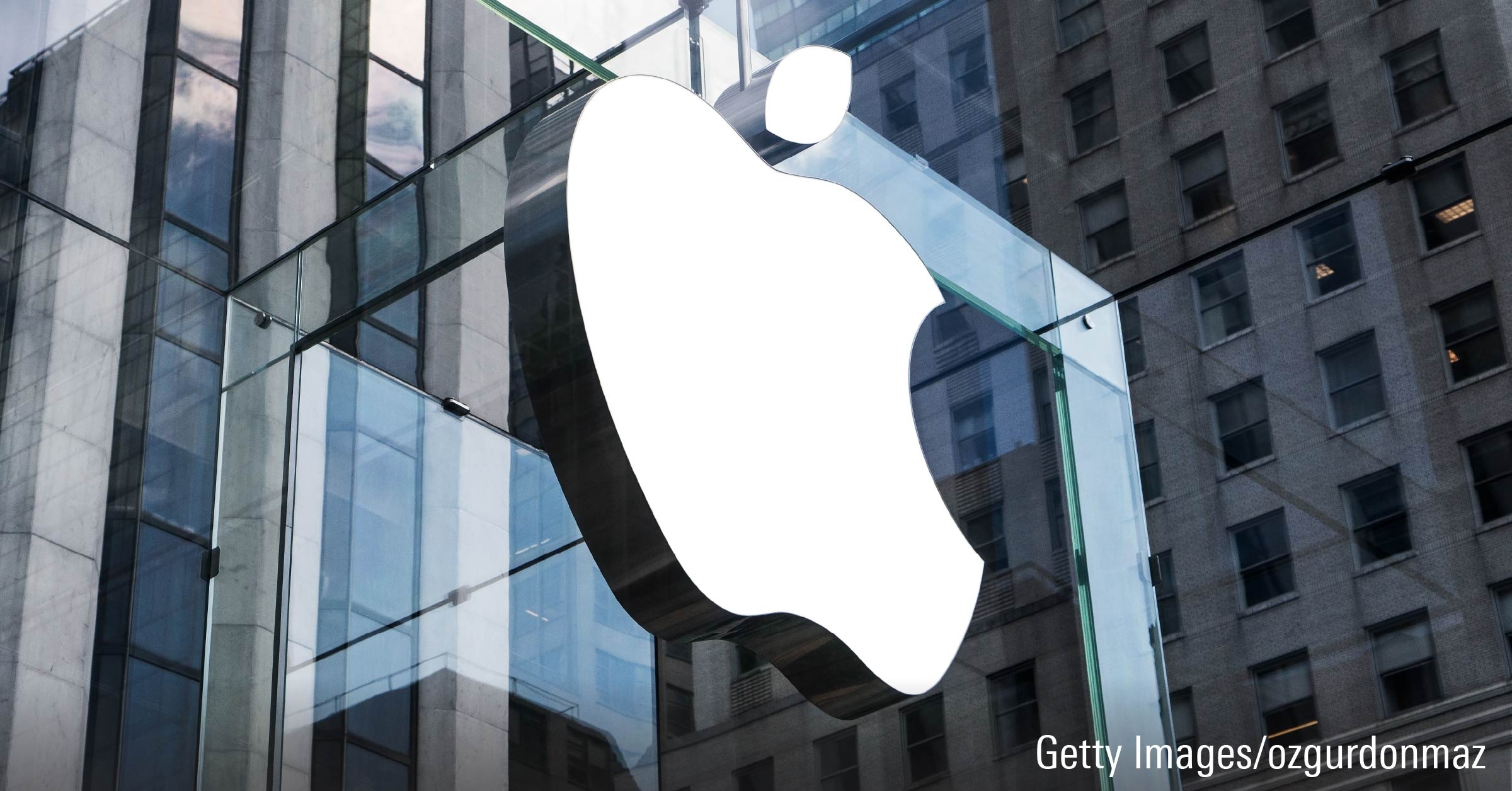Report Release Date: 17 Feb 2010 People: Manager Aled Smith is supported by the global equity team of nine, which includes deputy manager Daniel Madams. Parent: M&G enjoys the financial backing of Prudential and its size of AUM gives it a degree of influence over companies to act in the interests of shareholders. Process: Smith uses HOLT analysis and company meetings to identify stocks that he feels will benefit from positive internal change. Performance: The fund has performed very well under Smith and, despite a poor 2008, it is well ahead of peers over his tenure. Price: The fund is priced in line with its Morningstar Global Large-Cap Value Equity category median. Morningstar Opinion Investors in M&G Global Leaders saw the fund return to form in 2009; but future returns could be more muted. Aled Smith has been at M&G for over nine years now and has been managing this fund to great effect for the last seven of those. Smith is directly supported here by the fund’s deputy Daniel Madams, but they are also able to leverage the support of the other eight members of the global equities team. Smith co-heads this team alongside the firm’s other standout global equities manager, Graham French. Smith needs a strong team behind him as his process relies on an in-depth assessment of company management. For a global fund with a large universe this can be time-consuming, but it forms the foundation of a process that looks to identify internal changes at a company that have gone unrecognised by the wider market. This strategy tends to lead the fund toward relatively unloved stocks and gives the portfolio a valuation bias. In order to avoid value traps, Smith looks to reverse-engineer company share prices with the use of HOLT. This helps him to determine what is already factored in and gives an idea of any potential undervaluation. Until 2008 this strategy had worked to great effect and the fund substantially outperformed peers in each calendar year since Smith took charge. However, it came unstuck in 2008: cyclical, credit, and oil price sensitivities that had benefited the fund in the past became a hindrance. Smith is a bottom-up stock-picker and neither he nor his team focus heavily on the macro side, as they recognise their skills lie in analysing companies. They keep sectoral exposures close to the benchmark for this exact reason. So the loss of over 30% in 2008 came as somewhat of a surprise and Smith has brought the fund’s exposures to economic factors back in line with the market. This has had the knock-on effect of reducing the fund’s value bias and we saw growthier stocks like eBay and Yahoo enter the portfolio in 2009. This move means the manager should be able to put more emphasis on his stock-picking skills while reducing the effects of non-stock-specific factors on the fund’s performance. While the change should help limit risk exposures, we note that it could also limit the extent of outperformance witnessed here in previous years as those gains were partly driven by those unintended bets. We are not overly concerned by the underperformance in 2008 and we believe the firm has taken reasonable steps to address the factors that caused it. Overall we think this is a very strong proposition and it deserves our Superior rating.
Analyst: Tom Whitelaw
Executive Summary
To learn more about the fund, please click here.
To read the full report, please click here.






.png)










